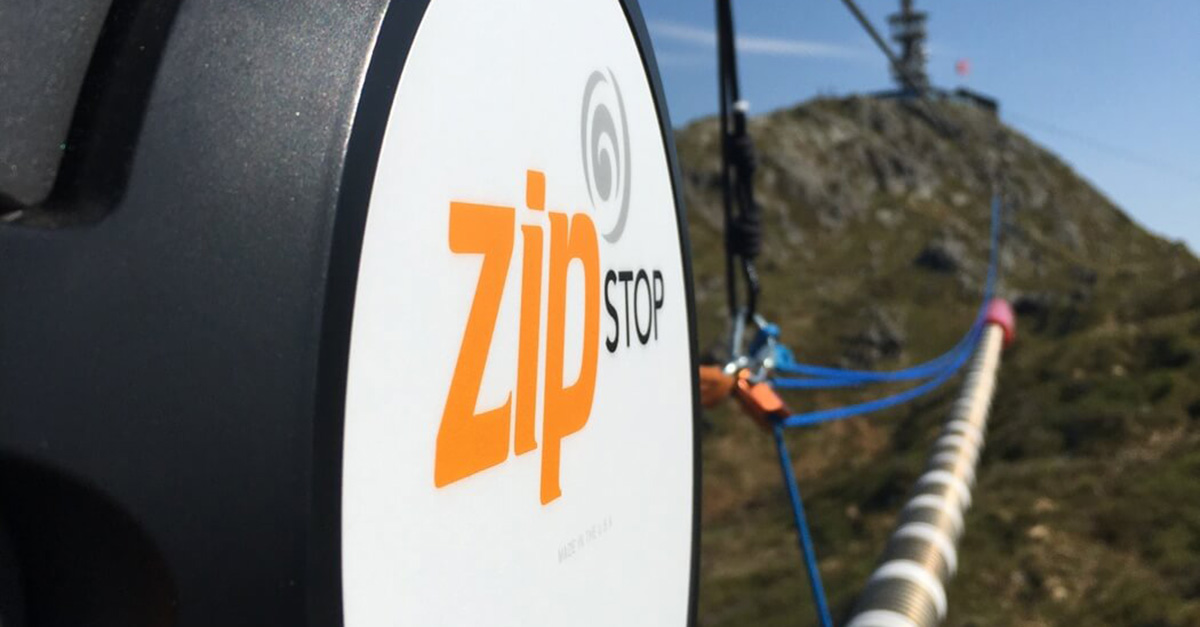
Did you know that all high-speed zip lines are required to have an emergency arrest device?
All zip lines must have a backup brake mechanism, according to international standards and associations. Here are the specifics on how to comply with the emergency arrest device on your zip line.
Ziplines and zipwires are developed and erected in most recreational ropes courses so that all riders arrive in a controlled and low-speed manner. A braking system is utilized on longer ziplines, death rides, and flying foxes to stop people smoothly and consistently. Because there is no backup or emergency arrest equipment, a high-speed zipline with only one brake system could be considered a “single point of failure” (EAD). This article will assist you in determining whether your zipline is compliant or needs to be adjusted to provide riders with the additional safety they require.
What is an emergency arrest device?
All zipwires have a primary braking system to stop the rider at the end of the line. But beyond this measure, zip lines should also have an emergency or back-up braking solution. An emergency arrest device (EAD) is just what it sounds like – it is the thing that would stop rider in an emergency situation where the primary braking system doesn’t do its job.
Braking systems, both primary and back-up, usually fall into three camps:
- Manual/Active: Here the rider is responsible for bringing themselves to a stop at the end of the line, either with a gloved hand on the cable or through a manual braking device.
- Automatic/Passive: Here the braking system brings the rider to a stop without them having to do anything, often through impact.
- Gravity: Here the rider comes to a stop gradually, without a formal brake device, through the use of gravity and the specific engineering of the line.
The purpose of an emergency arrest device is to minimize accidents from user error or equipment failure. Since zipline brakes come in a variety of formats, from simple and cheap to complex and expensive, there are several options for emergency arrest devices.
Emergency arrest device options
Most braking systems can be used as a primary or backup brake. The specific options you choose will depend on your zip line construction, speeds, location, length, budget, motivations/goals and intended rider experience.
At Thrill Syndicate, we take zipwire braking seriously. The zipSTOP Zip Line Brake is a primary brake. Benefits of the zipSTOP include smooth, consistent and reliable braking, automatic resets, increased throughput and a positive user experience. Even though zipSTOP is designed to function as a primary and standalone brake, you still must have an emergency arrest device that serves as a secondary, independent solution to mitigate the risk of user error or third-party equipment failures.
For zipSTOP Zip Line Brakes, spring packs may be a viable EAD option if installed and operated correctly. Also, although pads aren’t approved by ACCT as an approved EAD, it’s always a good idea to keep terminal posts and line connections protected and/or padded as an extra precautionary measure.
A new option, especially for (existing) brake situations, where there is no space for a spring pack, we developed the Zipline Airbag.
Please contact us to discuss with one of our experts.
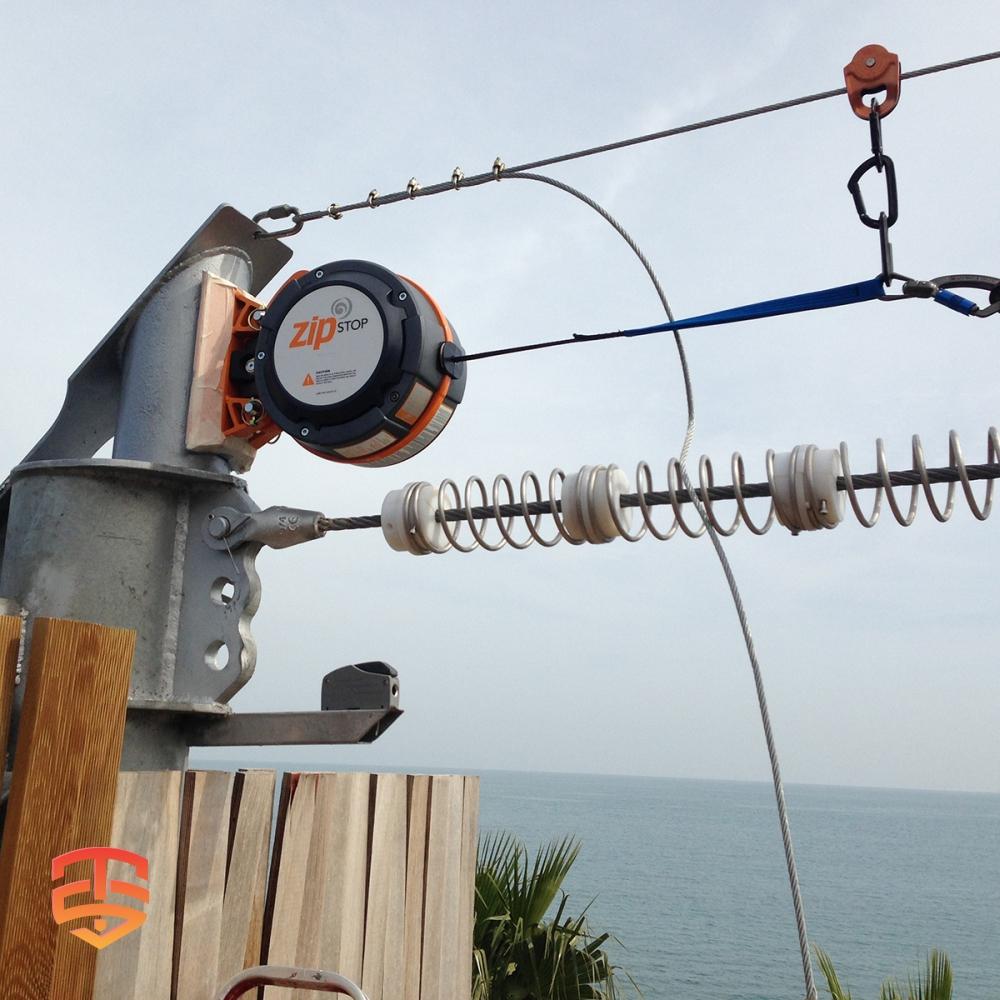
Zipline Safety Solutions
We deliver a complete professional Zipline system, from our Self-braking Magnetic Zipline Trolley to a safe Zipline Spring Brake.
We offer a full family of zip line brakes that increase throughput with a hands-free braking experience for zip line riders and operators, and a full ecosystem of zip line products to outfit the best zip line builds in the world. We use advanced technology to engineer and manufacture innovative adventure equipment for the outdoor, amusement and recreation industries.
Beyond the Basics: Unveiling Zipline Technology with Expert Analysis
Intrigued by the potential of Zipline technology? You’ve come to the right place! This article provides a solid foundation. But if you’re eager to delve deeper and gain insights from industry experts, keep reading…
- Zip Line Design: Components for a Complete System
- Considering operating and investing in a zipline?
- 9 Zipline Mistakes You Don’t Know You’re Making
- Magnetic Zipline Braking: A Revolutionary Way to Ensure Safe Rides
- Pros and Cons of Different Zip Line Brakes
- Expert Tips for Zip Line Brake Installations
- White Paper on Zipline Emergency Arrest Devices (EAD)
- The Importance of Optimizing Zip Line Design for Rider Speed
- Does your zip line need an emergency arrest device?
- The Magnetic Self-braking Zipline pulley
- Zipline Braking and landing considerations
- Why Zip Line Trolley Bearings Matter
- Whitepaper: Zipline Braking Dynamics
- Zip Line Installation: Give them the Best Ride
- How to startup a Successful Zip Line Business
-
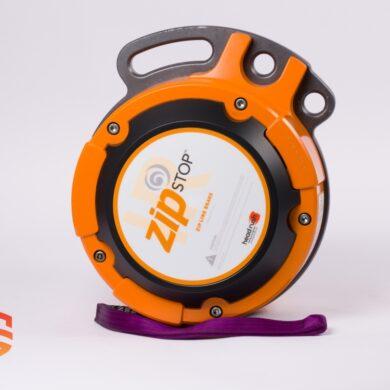 zipSTOP IR Zipline Brake | 24 – 60 kph€ 5.649,00 – € 5.799,00 Ex VAT
zipSTOP IR Zipline Brake | 24 – 60 kph€ 5.649,00 – € 5.799,00 Ex VAT -
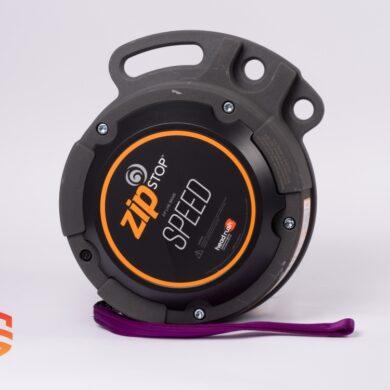 zipSTOP SPEED Zipline Brake | 50 – 72 kph€ 6.099,00 – € 6.349,00 Ex VAT
zipSTOP SPEED Zipline Brake | 50 – 72 kph€ 6.099,00 – € 6.349,00 Ex VAT -
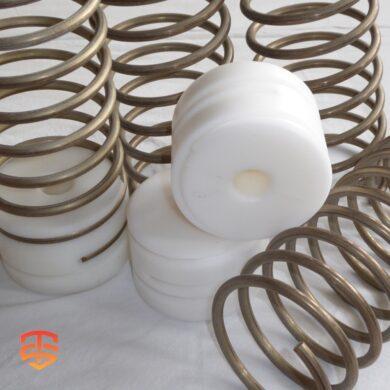 Spring Brake System | Primary & EAD zipline brake€ 98,00 Ex VAT
Spring Brake System | Primary & EAD zipline brake€ 98,00 Ex VAT







